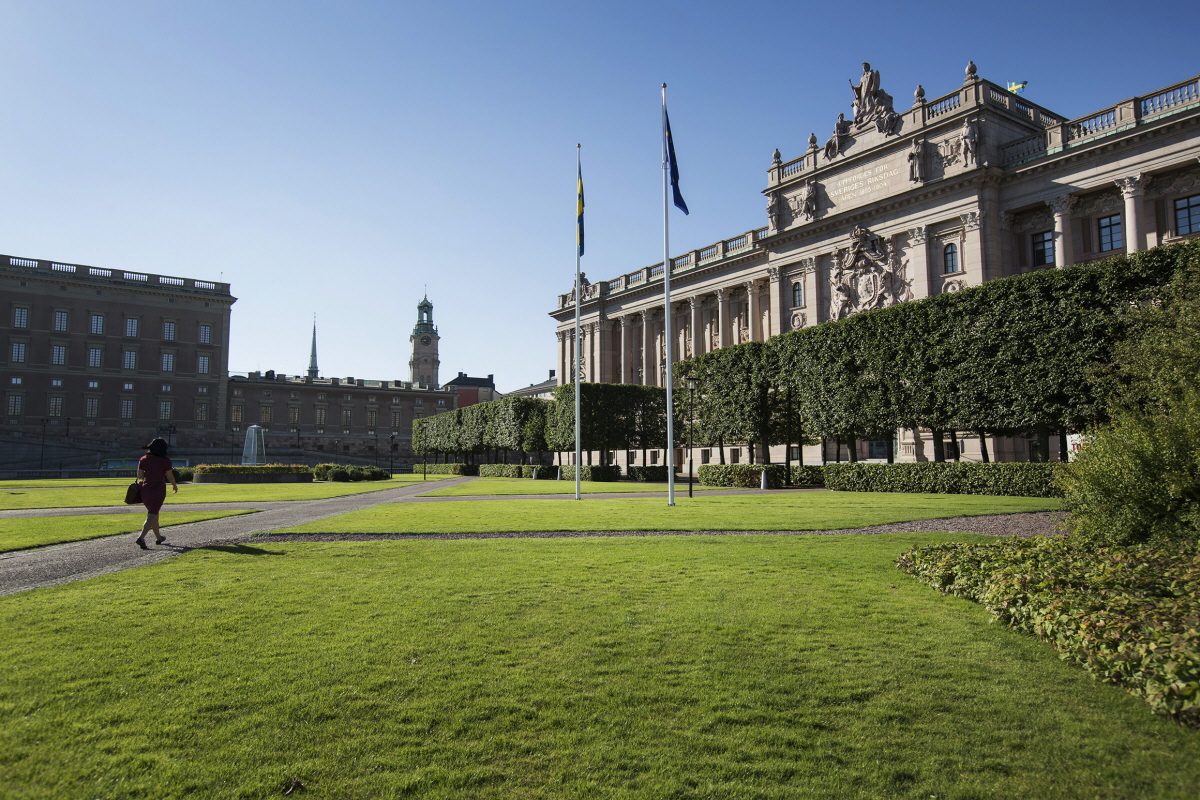On Monday, September 19th, Mr. Andreas Norlén, speaker of the Swedish Parliament, asked Mr. Ulf Kristersson to begin the work to form a new government. Kristersson, chairman of the right-leaning moderate party, is the prime-ministerial candidate of the coalition of four center-right parties that won the election on September 11th.
Ulf Kristersson has one week to form a new government and a cabinet. Per instructions from speaker Norlén, Kristersson is expected to present parliamentary support for himself as prime minister by the opening of the newly elected parliament on September 26th. According to parliamentary procedures, the parliament would then hold its first vote on the new prime minister on September 29th.
By constitutional procedure, a prime minister is elected on a negative-vote premise: unless a majority votes against him, Kristersson will become prime minister. This procedure allows the formation of minority governments that are tolerated but not actively supported by a majority.
In order to pass the negative-vote test in parliament, Ulf Kristersson needs his four-party coalition to unite around him and his proposed cabinet. Tensions within his coalition suggest negotiations could take time: the liberal party, smallest within the center-right coalition, refuses to accept that conservative nationalist Swedish democrats, SD, biggest within the coalition, will get seats in the new prime minister’s cabinet.
According to at least one major news source, five of the liberal party’s 16 members in the Riksdag are critical of the party’s intentions to support Ulf Kristersson as prime minister, if Kristersson relies on the SD to get elected and stay in office. The center-right coalition holds a three-vote margin in the parliament.
The Swedish democrats, which emerged from the election as the biggest of the center-right parties, is more than four times the size of the liberals. With 76 seats, they are now the second biggest party in the Swedish Parliament.






